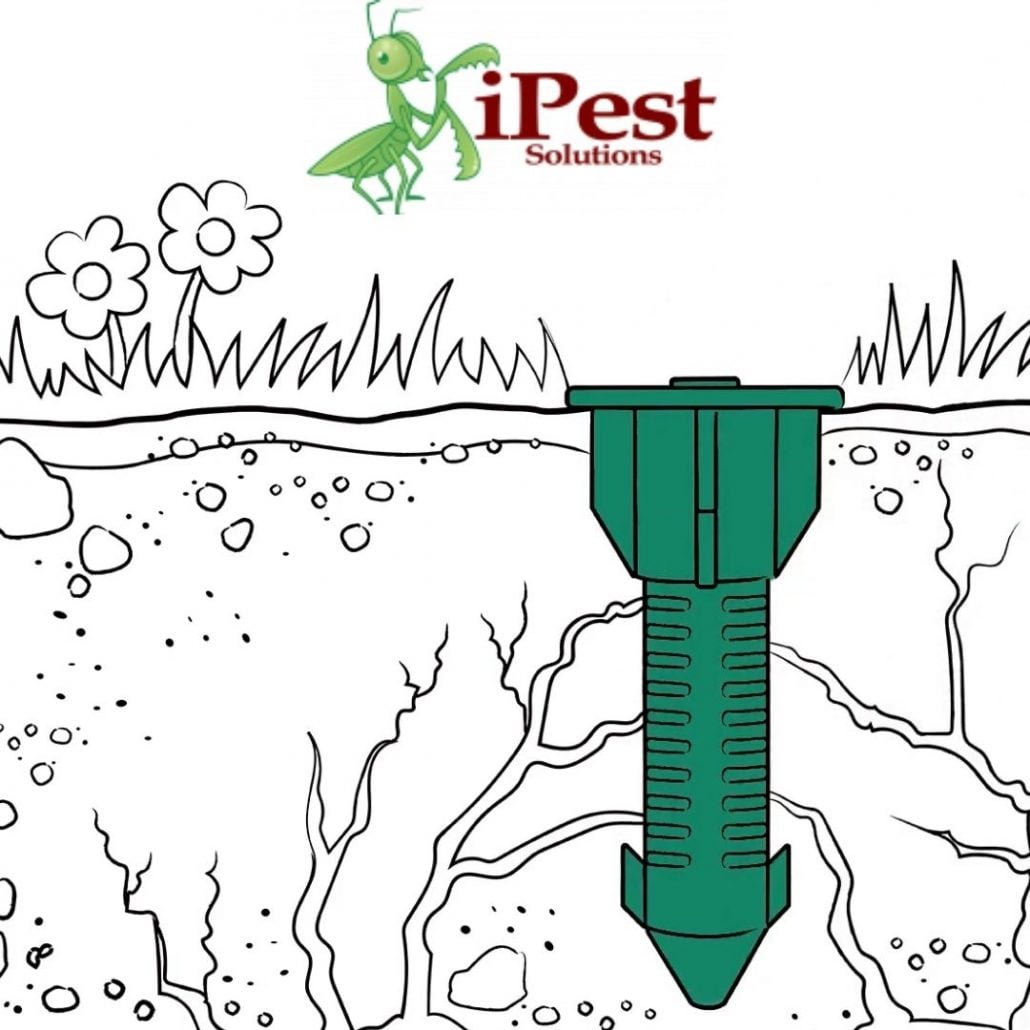Termites might be tiny, but their impact can be monumental—especially in Texas, where subterranean termites pose a significant threat to homes and structures. Understanding the dangers they present and taking proactive measures can save you from costly repairs and structural damage.
What Are Subterranean Termites?
Subterranean termites are a specific type of termite that lives underground. These insects form large colonies and build extensive tunnel systems to access above-ground wood sources. Their preference for moist environments makes Texas an ideal habitat.
Why Are They Dangerous?
Structural Damage
Subterranean termites feed on cellulose, which is found in wood. They can tunnel through wooden beams, flooring, and even wallpaper, compromising the structural integrity of your home. If left unchecked, this can lead to severe structural damage that is often expensive to repair.
Hard to Detect
Unlike drywood termites, subterranean termites live underground and often enter buildings through hidden pathways. This makes them difficult to detect until significant damage has already occurred.
Rapid Colonization
A single subterranean termite colony can contain millions of individuals. Their rapid growth and reproduction rates mean that an infestation can quickly spiral out of control if not promptly addressed.
Signs of Infestation
It’s crucial to recognize the early signs of a subterranean termite infestation to mitigate damage:
- Mud Tubes: These pencil-sized tubes on walls or foundations are used by termites to travel between their colony and food sources.
- Wood Damage: Wood that sounds hollow when tapped or is visibly damaged could be a sign of termites.
- Swarmers: Winged termites, also known as swarmers, are often seen in the spring. If you spot them indoors, it’s a sign of a nearby colony.
- Discarded Wings: After swarmers find a new location to start a colony, they shed their wings. Piles of discarded wings can indicate a new infestation.
Prevention and Control
Reduce Moisture
Since subterranean termites thrive in moist conditions, reducing moisture around your home can be an effective preventative measure. Ensure proper drainage, fix leaky pipes, and use dehumidifiers in susceptible areas.
Regular Inspections
Having regular termite inspections by a professional can help detect and address infestations early. Professional exterminators are trained to identify the subtle signs of termite activity that most homeowners might miss.
Barriers and Treatments
Chemical barriers and baiting systems can be installed by pest control professionals to prevent termites from entering your home. These treatments are highly effective but should be maintained and monitored regularly.
Subterranean termites pose a serious threat to homes in Texas, but being informed and proactive can help you protect your property. Early detection and professional intervention are key to minimizing damage and ensuring the safety and integrity of your home.
For peace of mind and expert advice, consider scheduling a termite inspection today. Don’t wait until it’s too late—protect your home from these hidden invaders.

